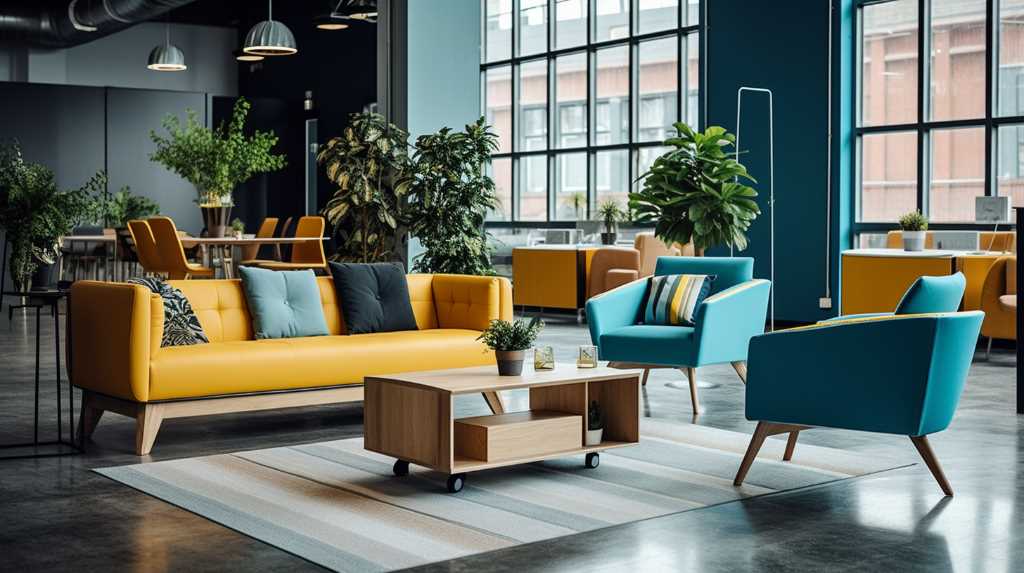
Designed for Durability
Commercial furniture is the unsung hero of business environments, built to withstand the hustle and bustle of daily operations. With a focus on heavy-duty construction, these pieces are tailored to endure the continuous use found in offices, schools, hospitals, and hospitality venues, ensuring longevity and aesthetic appeal despite regular wear and tear.
Smart Investments for Businesses
Investing in commercial-grade furniture is not just about improving space functionality; it’s a financially savvy move for companies. The extended lifespan and reduced need for frequent replacements translate into significant cost savings over time, making it a wise choice for any profit-conscious business.
Functional Designs for Professional Spaces
From ergonomic office chairs to adjustable hospital beds, commercial furniture is all about enhancing productivity and comfort in professional settings. Each piece is carefully designed to meet the specific needs of its environment, whether it’s supporting the health of employees or ensuring the well-being of patients.
Industry-Specific Solutions
The commercial furniture market is diverse, catering to the unique requirements of various industries. Schools look for robust, easy-to-store pieces, while medical centers prioritize hygiene and patient comfort. The hospitality sector demands attractive, resilient furniture, and retail stores need versatile display options. This market adapts to functional needs while maintaining style and durability.
Material Matters: The Backbone of Commercial Furniture
The choice of materials is critical in commercial furniture manufacturing. Resilient woods, robust steel, and protective finishes are selected to craft pieces that can withstand intense use. From standard items to bespoke pieces, the production process is geared towards creating durable, functional, and aesthetically pleasing furniture.
Office Furniture: The Core of the Professional Workspace
Office furniture is more than just a necessity; it’s about creating a productive, comfortable, and organized setting that reflects the company’s brand image. Ergonomic designs and smart storage solutions play a pivotal role in shaping a positive work environment, while the overall aesthetics contribute to a professional atmosphere.
Co-working Spaces: Furniture for Flexibility and Collaboration
With the rise of co-working spaces, furniture needs to be flexible and conducive to collaboration. Modular designs and comfortable, functional workstations are essential in these dynamic environments, ensuring that the furniture supports various working styles and promotes productivity.
Strategic Selection: Balancing Space and Needs
Choosing the right amount of furniture is crucial for maintaining an uncluttered and efficient workspace. Space planning and workflow considerations are key to ensuring that furniture arrangements enhance productivity and meet the needs of all users.
Materials and Techniques: The Foundation of Quality
Commercial furniture relies on a variety of materials, from hardwoods and steel to plastics and textiles, all chosen for their durability and suitability for high-traffic areas. The manufacturing process involves precise woodworking, metalworking, upholstery, and finishing techniques to deliver furniture that stands the test of time and provides comfort and security to its users.
Conclusion: A Commitment to Quality and Sustainability
The production of commercial furniture is a testament to the commitment to quality and sustainability in the business world. With strong materials and meticulous craftsmanship, these pieces are designed to support the daily activities of various commercial settings, reflecting a business’s dedication to excellence and long-term viability.
